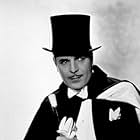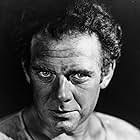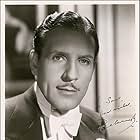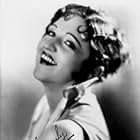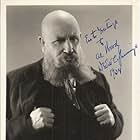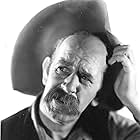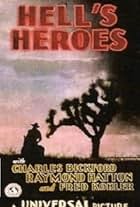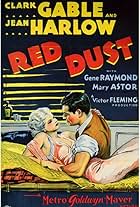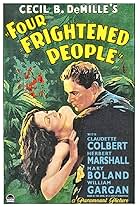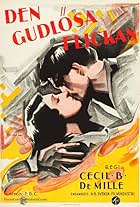An English aristocrat becomes 'THE SQUAW MAN' after leaving Britain under mysterious circumstances and marrying an Indian maiden in the American West.
At the end of the Silent Era, famed director Cecil B. DeMille signed a deal with MGM to produce three pictures over three years. For the first two--DYNAMITE (1929) and MADAM Satan (1930)--he pulled out all the stops to present lavish photoplays of New York high society, with a mine cave-in and a dirigible disaster to liven things up.
For his third film at MGM DeMille returned to his favorite story, which he'd already filmed twice before as a silent. For this talkie version he kept the story simple, without special effects or unnecessary melodrama. He also made outstanding use of filming on location in Arizona. The result is a well-made film with a poignant storyline and an emotionally gripping conclusion.
While Warner Baxter's American accent makes him rather unbelievable as an Englishman, this can be easily overlooked because of his fine performance. Steadfast & strong, he makes a sturdy hero. But acting honors go to Lupe Velez, who strips away all unnecessary technique & mannerisms to deliver an uncomplicated, heartbreaking portrayal of a primitive woman wholly devoted to the man she adores and their son. Without even trying, she completely dominates the film.
The rest of the cast also make their mark in much smaller roles: beautiful Eleanor Boardman as the titled Englishwoman Baxter loves; owlish Roland Young as Baxter's best friend; shifty Paul Cavanagh as the feckless Earl of Kerhill; and Julia Faye as a fox hunting American widow.
Out West, the cast includes angry Charles Bickford as a murderous rancher intent on grabbing Buzzards Pass from Baxter; bullying DeWitt Jennings as the corrupt sheriff of Maverick; J. Farrell MacDonald as Baxter's loyal ranch hand; and little Dickie Moore, one of the OUR GANG kids, as the lively son of Baxter & Velez. Wizened old Luke Cosgrave gives a few humorous moments as the cantankerous driver of a desert jalopy.
DeMille's sojourn at MGM was not a commercial success for the Studio. His contract wasn't extended and he returned to Paramount, where he would soon commence on some of the most popular films of his career.










